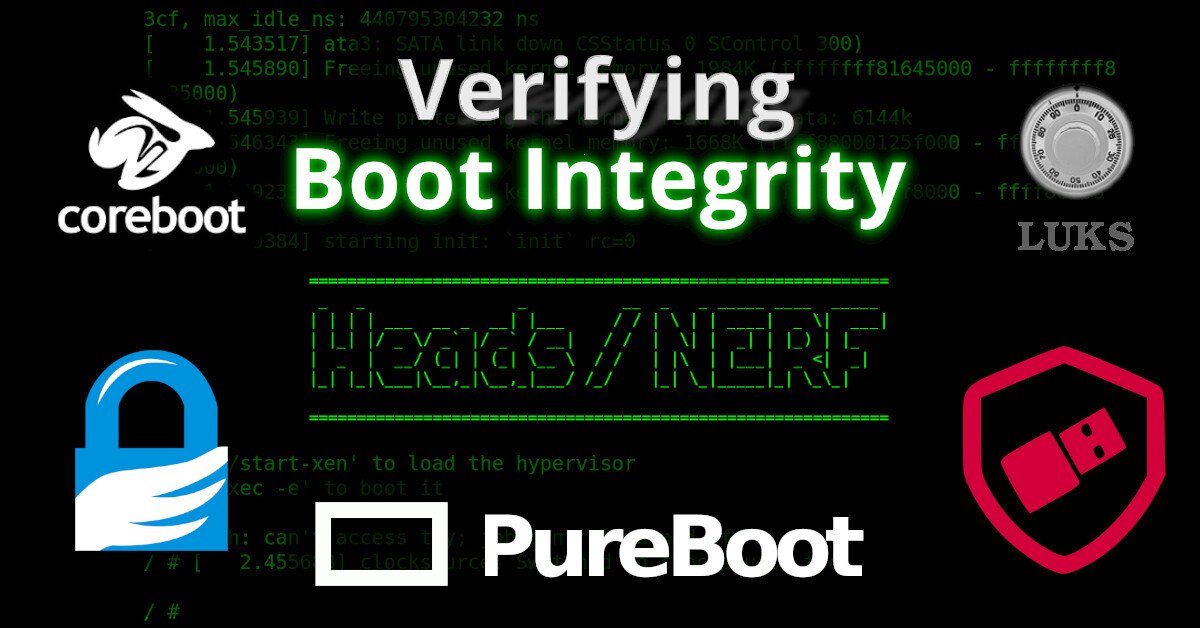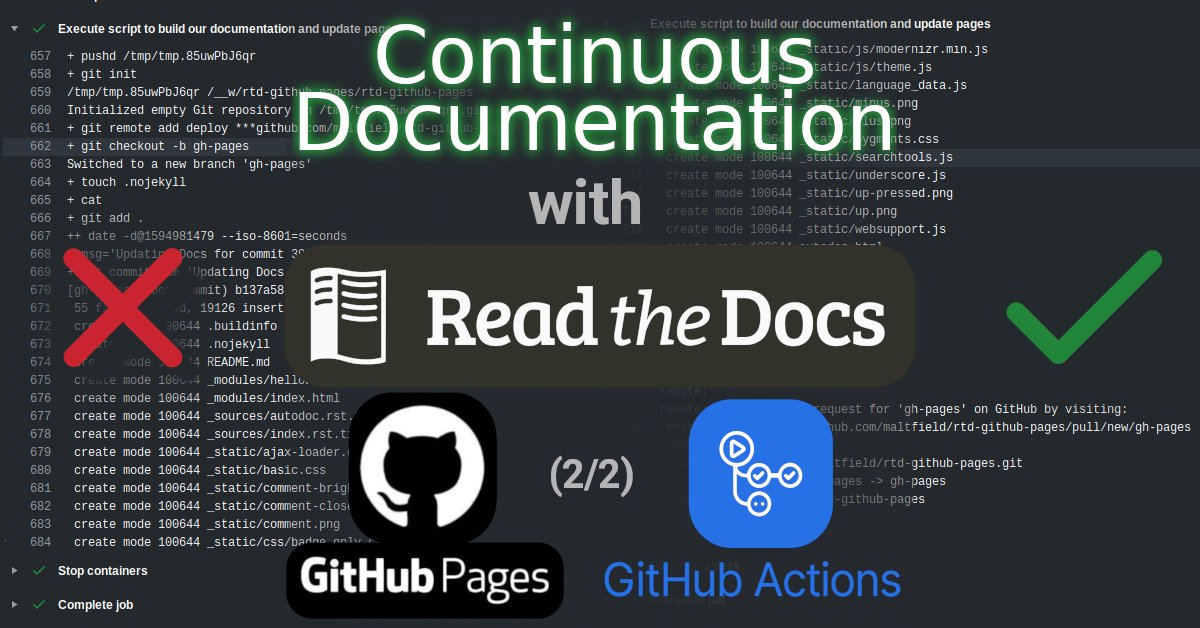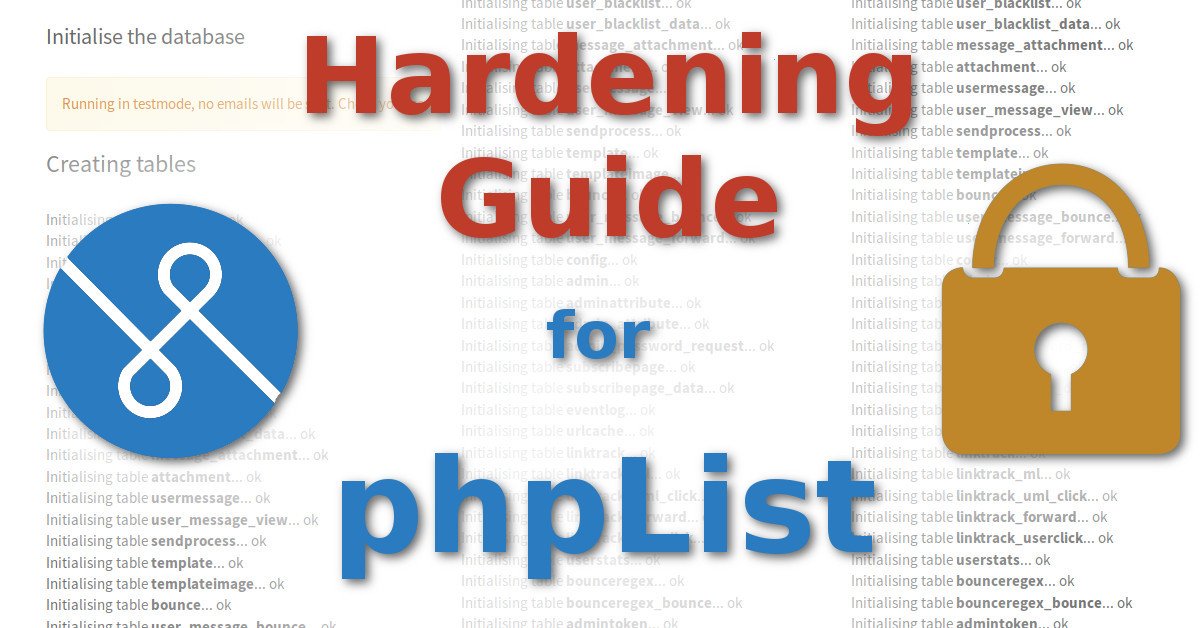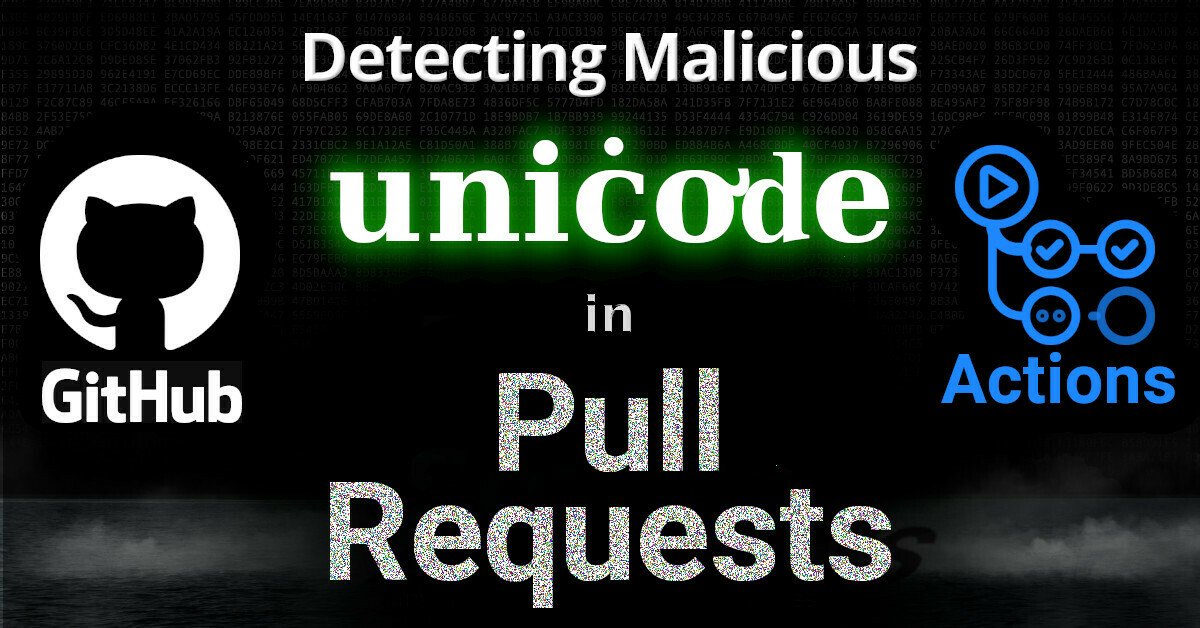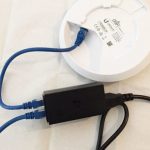
This post will describe what hardware to buy & how to configure it so that you have 2 wireless networks in your house: One that seamlessly forces all of the traffic on that network through a VPN–and one that connects to the Internet normally . When finished, the internet activity for any device connected to the first network will be entirely encrypted so that the ISP cannot see which websites are visited*, what software you use, and what information you send & receive on the internet.
* Assuming your config doesn’t leak DNS; see improvements section
Update 2017-08-25: Added “kill switch” firewall rule that prevents LAN traffic from escaping to the ISP unless it passed through the VPN’s vtun0 interface first. Following this change, if the VPN connection is down, the internet will not be accessible (as desired) over the ‘home’ wifi network (without this, the router bypasses the VPN by sending the packets straight to the ISP–giving a false sense of privacy).
Update 2021-02-01: Fixed GitHub URL of cryptostorm’s free OpenVPN configuration file Update 2021-02-14: Fixed GitHub URL of cryptostorm’s paid OpenVPN configuration file
Update: I wrote this guide in 2017. It’s intended for an audience that has
. . . → Read More: Howto Guide: Whole House VPN with Ubiquiti + Cryptostorm (netflix safe!)




